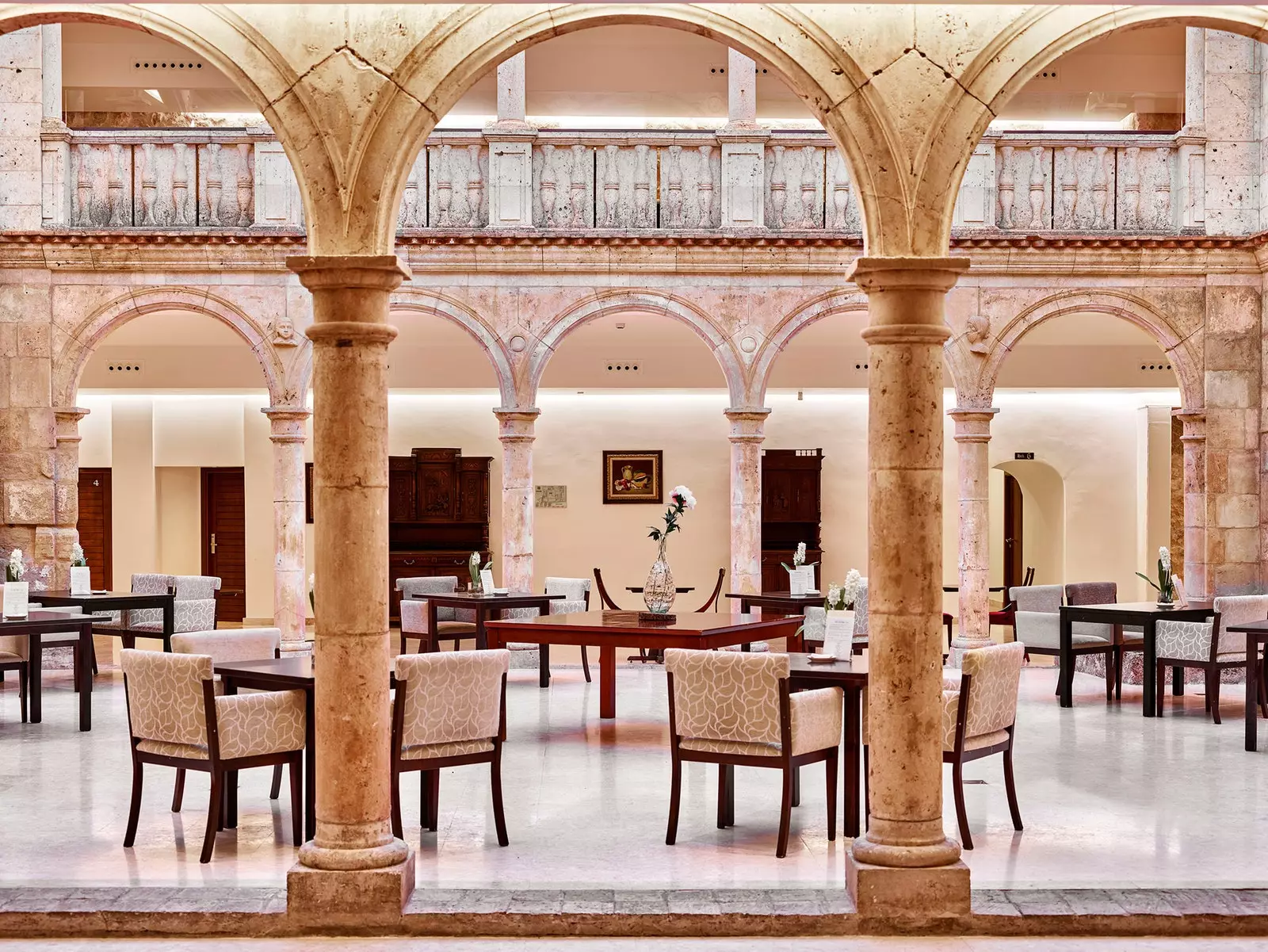
Occupying fortresses or convents, these hotels are the perfect excuse to immerse yourself in the history of Castilla-La Mancha
It's impossible to talk about Castilla la Mancha without mentioning the hidalgos, the mills and the imposing fields of the plateau that Don Miguel de Cervantes immortalized in the adventures of Don Quixote. Nor can the imposing power of Toledo or the masterful architecture of Cuenca be ignored.
Wherever you look, the Castilian region is home to numerous treasures that tell a story. Our history. A legacy that can be experienced first-hand by staying in the convents, palaces or fortresses that are part of the network of Hospederías de Castilla-La Mancha , an initiative born in 2019 made up of a selection of unique accommodations located in recovered and rehabilitated buildings of heritage interest.
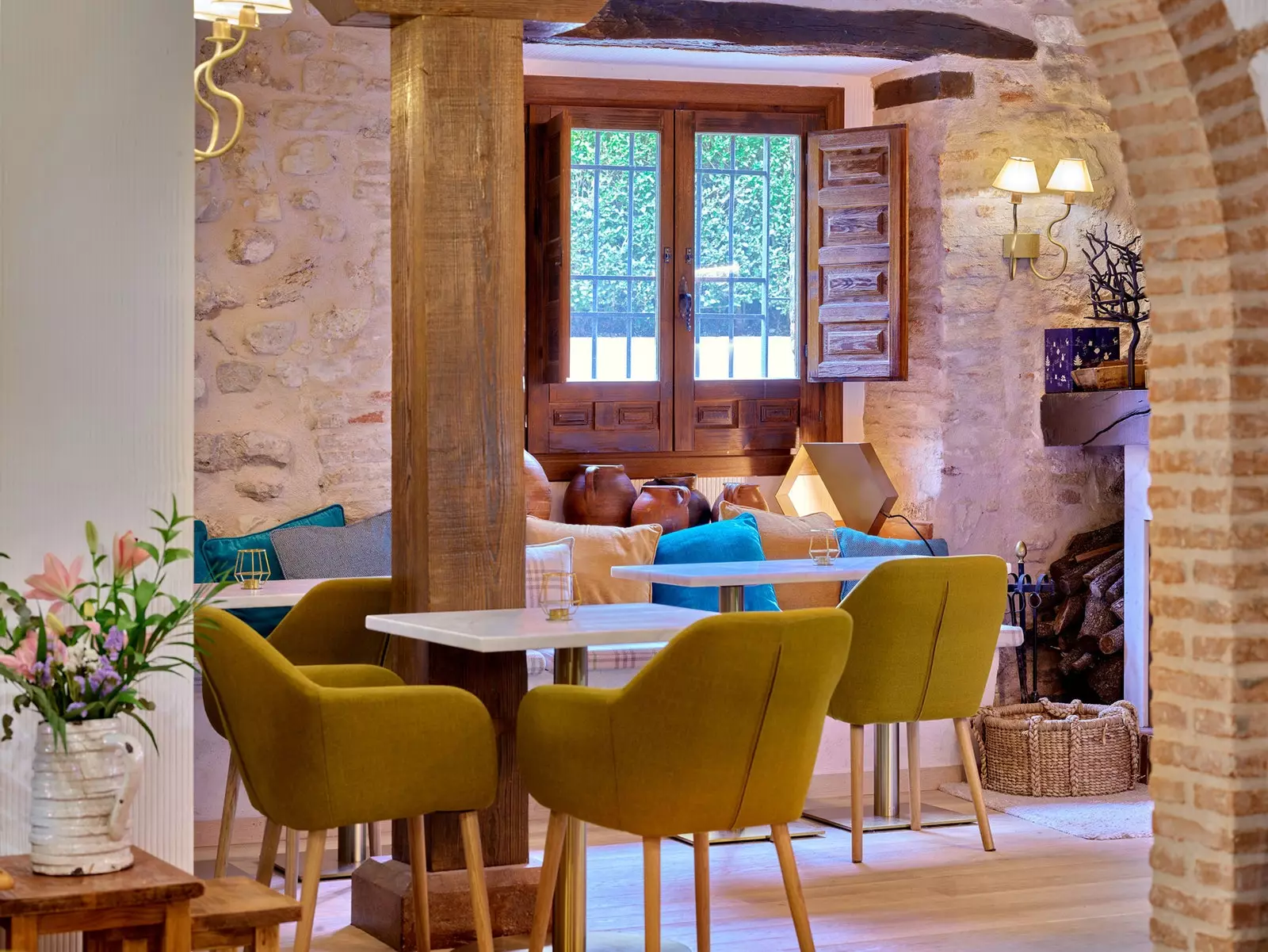
El Molino de Alcuneza, a jewel recovered and converted into a charming hotel with only 17 rooms
SLEEP IN A MILL IN ALCUNEZA
Although we do not see giants, yes, the blades of the windmills turn that captivated the most famous hidalgo of the region. The omnipresence of these constructions is due to the widespread extension of agricultural production that the region experienced in the 18th century, especially wheat. However, already in the fifteenth century there were copies such as the Alcuneza Mill, a jewel recovered and converted into a charming hotel with only 17 rooms.
It was in 1992 when the parents of Blanca and Samuel Moreno, current owners, bought this property located on the outskirts of Sigüenza, Guadalajara. The aforementioned mill still works and presides over the hotel's lounge, but it is in the kitchens where such a century-old craft takes on real prominence, since the bread that is made in the restaurant itself is made from indigenous grains that have fallen into disuse and are recovered in organic farming. What's more, they even work with the same yeasts with which bread was made 500 years ago in the same mill.
In addition to a crumb of luxury, they are not lacking in their dishes organic vegetables from their own cultivation, meats and cured meats from Sigüenza or trout from the Alto Tajo. Kilometer 0 in a natural panorama that will make one travel back in time and that also has the Relais & Chateaux seal.
Address: Carretera de Alboreca, km. 0.500. Alcuneza, Sigüenza (Guadalajara).
** REGION OF FORTRESSES **
After Alfonso VI took Toledo in 1085 and Alfonso VIII the city of Cuenca in 1177, what had been a fundamental Taifa during Arab rule became a key border point for several centuries. Numerous castles and fortresses recall that medieval period, although few have a spa in which to disconnect like a king of the 21st century.
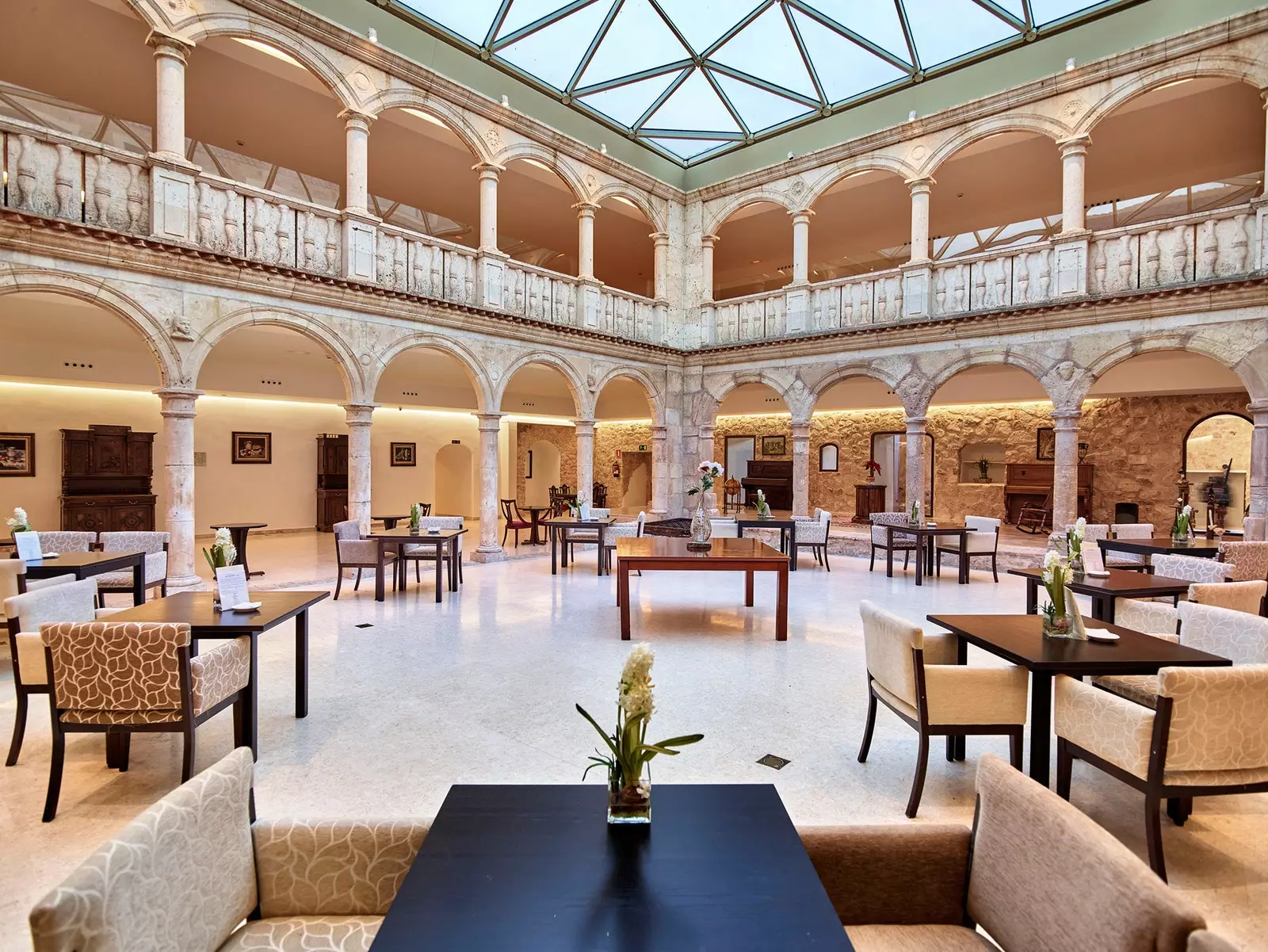
The fortress that the infante Don Juan Manuel ordered to be built in 1324 is today a four-star hotel
The stone walls continue to flank the fortress that in 1324 ordered the construction of the infante Don Juan Manuel - first Duke of Villena and author of El Conde Lucanor, by the way - which today occupies the four-star hotel with spa named Palacio del Infante don Juan Manuel.
whichever was the Belmonte's first fortress and also the place where the Castilian nobleman Juan Pacheco was born in 1419 – omnipresent first Marquis of Villena and master of the Military Order of Santiago – it would change its use at the end of the Middle Ages, just as the recovered Renaissance cloister reminds the visitor.
With 38 rooms, although the essence remains, the present gains presence in modern interiors with a garden with an outdoor pool and a spa where you can relax after enjoying a wine or cultural route through the area (where you can not miss the neighboring Castle of Belmonte, the Collegiate Church of San Bartolomé or the towns of Mota del Cuervo and El Toboso).
Address: Calle Infante Don Juan Manuel, 2. Belmonte (Cuenca).
REST OF PILGRIMS IN CIUDAD REAL
In the military process and repopulation of the peninsula during the Reconquest, the Crown of Castile had the faithful support of Military Orders such as Calatrava, San Juan and, of course, Santiago. The latter has a special presence in Castilla-La Mancha and specifically in the region of Campo de Montiel, in Ciudad Real, where the order had a complete network of sacred places. But none like San Carlos del Valle, a place of pilgrimage for centuries. The reason? A image of the Holy Christ of the Valley on one of the walls of his hermitage.
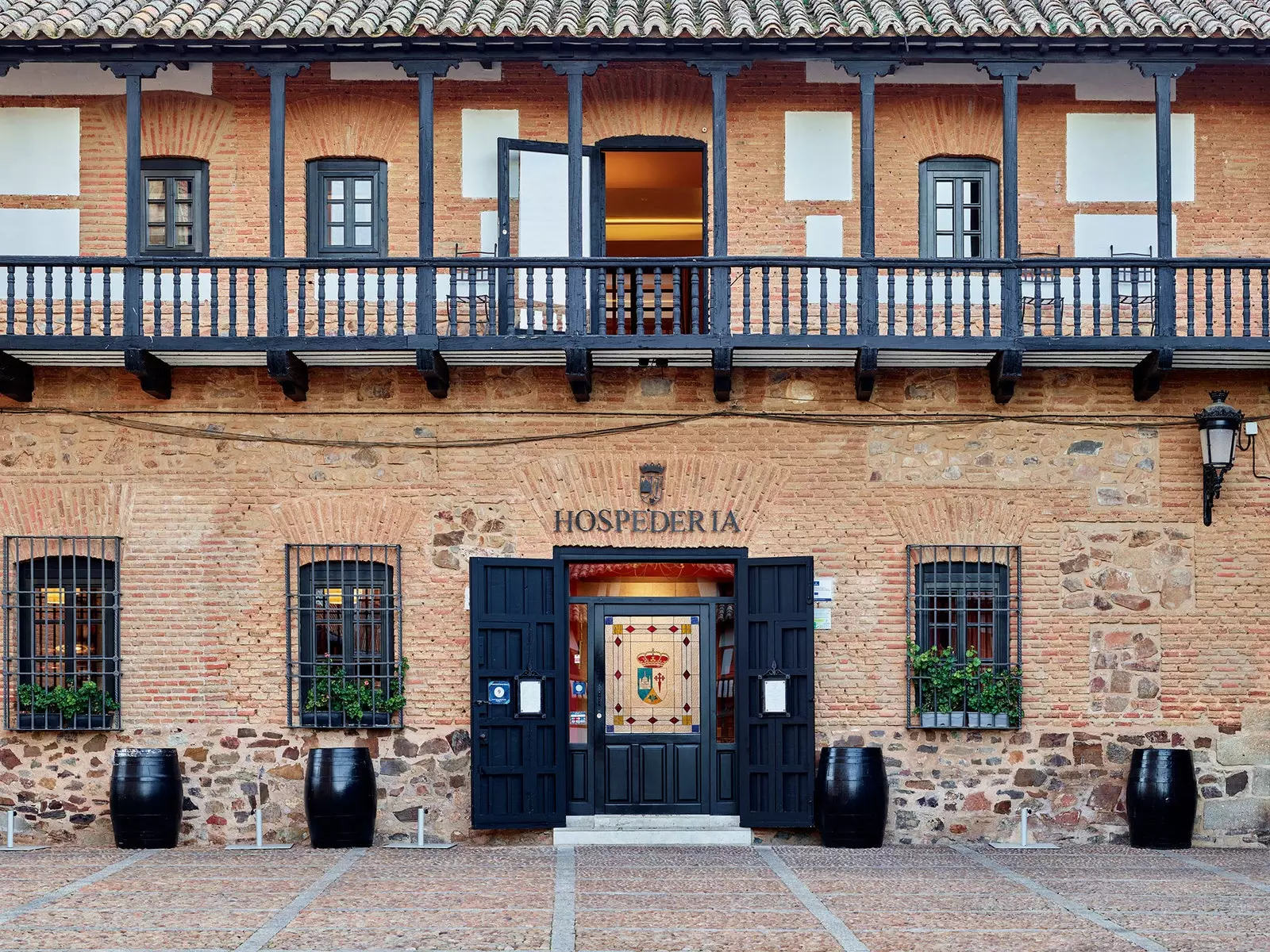
Its nine themed rooms allow you to feel like a true pilgrim
Although the original building, from the 12th century, had been lost, pilgrimages to pray to Christ grew until in the 18th century it was decided to erect a construction at the height of such devotion. The result was a monumental complex of a square with a church which for many is "the little Vatican of La Mancha".
Beside the Church of the Holy Christ of the Valley, With four towers at its corners and a huge dome rising above the building, another heritage gem awaits: the Santa Elena Hostel.
As the plaque on its façade says, this parador already existed before the aforementioned church, because it was built a century before as a resting place for travelers on the Camino Real – that is, between Andalusia and Castile. It is said that Felipe IV rested there on April 15, 1624 while he was returning from the south of the peninsula. With the rise of the pilgrimage, Casa Grande, as it was known at the time, became known as the Casa Grande de la Hospedería.
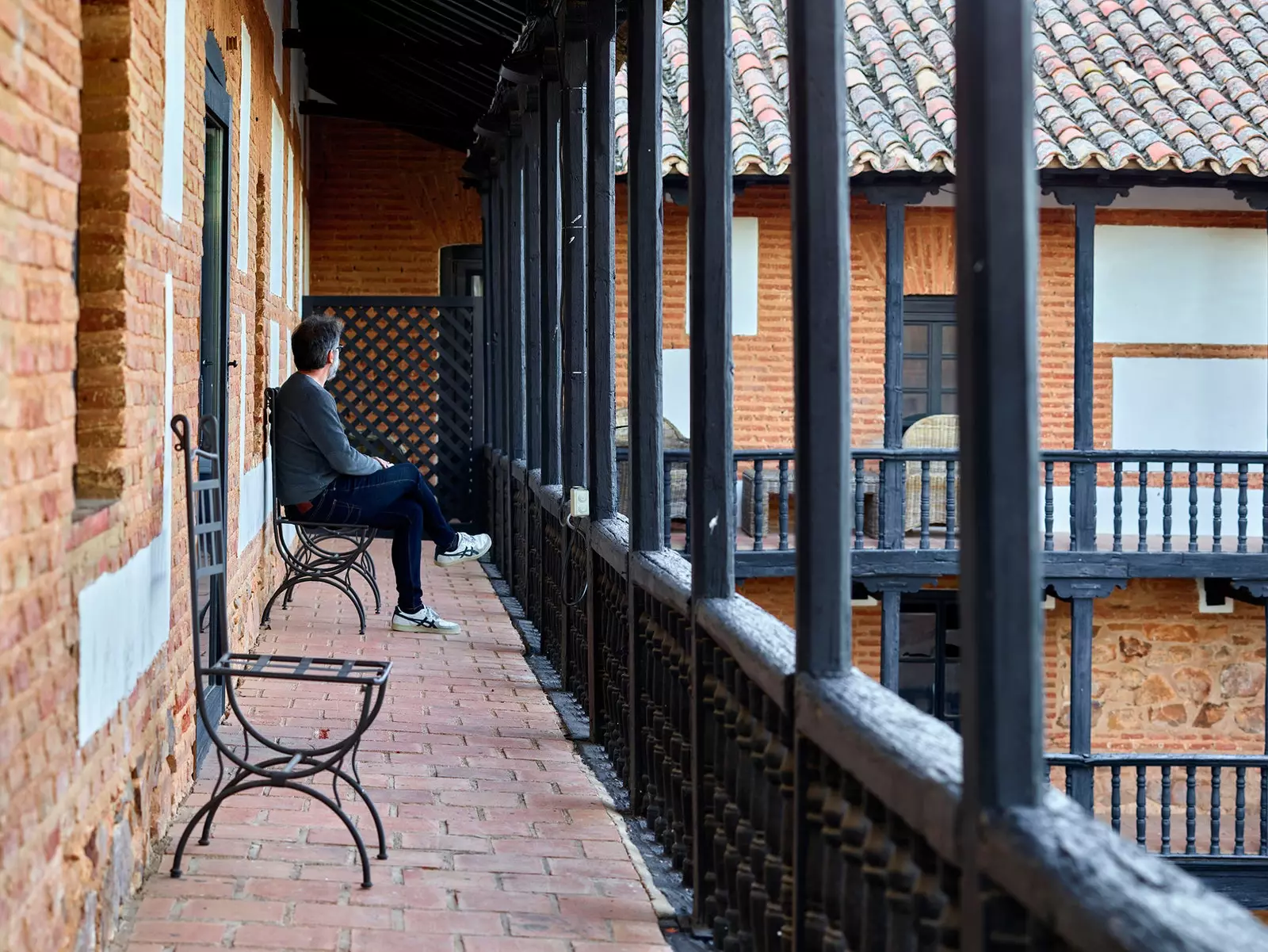
The Hospedería Santa Elena was built as a resting place for travelers from the Camino Real
Abandoned to its fate, the architecture of this house, with attached pilasters and cantilevered balconies with access to Santa Elena Street – hence its name – and to the Plaza Mayor itself, was recovered a few years ago and today its nine themed rooms allow you to feel like a true pilgrim. Its simplicity, furthermore, is transferred to a kitchen where grilled meat and fish are the protagonists beside some traditional porridge or loin of Orza.
Address: Plaza Mayor, s/n. San Carlos del Valle (Ciudad Real).
A CONVENT IN CUENCA
Located on the Huécar gorge, a few meters from the Cathedral and the Plaza Mayor, the Giraldo Convent Hotel houses a palatial house from the 17th century that since the middle of the last century has housed the Foundational House of the Congregation of the Guardian Mothers. In fact, on the second floor the religious rooms of the order are still arranged.
The rest of the space the only four-star hotel in the World Heritage Basin, It houses a total of 34 simple rooms.
Renovated in 2010, the hotel preserves intact the architecture of its emblazoned façade, the coffered ceilings, the cistern (excavated in the rock itself), the fountain as well as some of the activities of the convent in its private part.
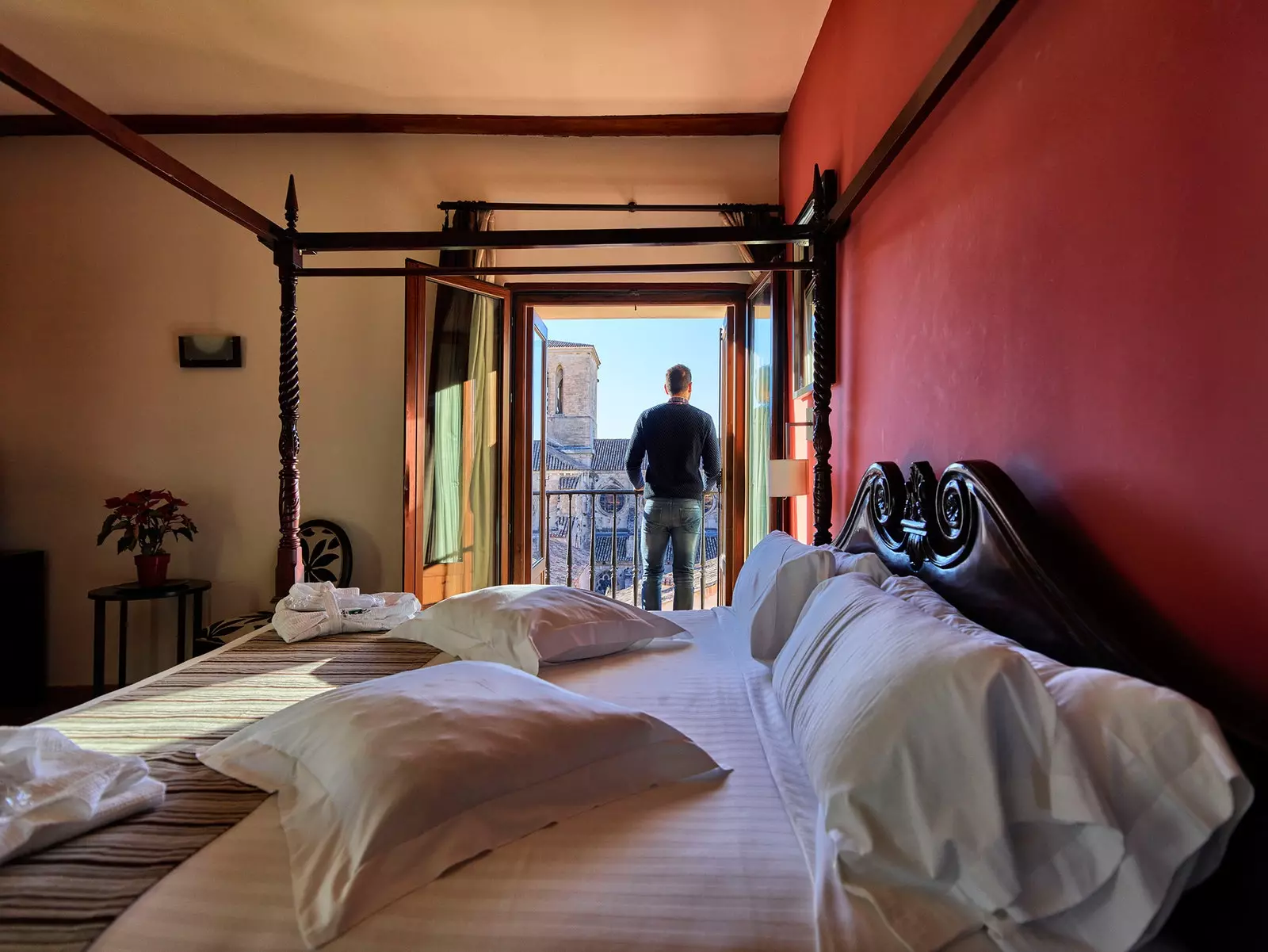
The only four-star hotel in the World Heritage Basin has a total of 34 rooms
Its attic rooms - including a superior one located in the old Palomar - or the El Aljibe restaurant, decorated under an impressive exposed wooden roof, complete a trip to the most stately past of the city and to the calm that only a convent gives.
Address: San Pedro street, 12 (Cuenca).
LORDS TOLEDANS
In Toledo stately magnificence is a fact. Historical epicenter of various cultures, the city is an ode to good architectural taste. Among the jewels in which one can spend the night is the Adolfo boutique hotel, an establishment with only 12 rooms with direct views of the Plaza de Zocodover. Opened last 2018 in a beautiful building from the 20th century, it was one of the first members of the Network of Hospederías de Castilla-La Mancha.
Here you wait, moreover, the gastronomy of chef Adolfo Muñoz, whose restaurant is a living tribute to Café Español that occupied the ground floor of the building for years and that has been restored combining wood from the beginning of the 20th century with materials such as cork, earth or lime.
Address: Plaza de Zocodover, 14 (Toledo).
THE PALACE OF AN EMPRESS
You don't have to go far to discover another stately jewel in the city to stay: which was the palace of Empress Eugenia de Montijo. Behind a facade and main structure from the 16th century, the Granada woman who married Napoleon III found a perfect refuge that accommodated her taste in the 19th century and that this 2020 Autograph Collection remodeled to turn it into a luxury stay.
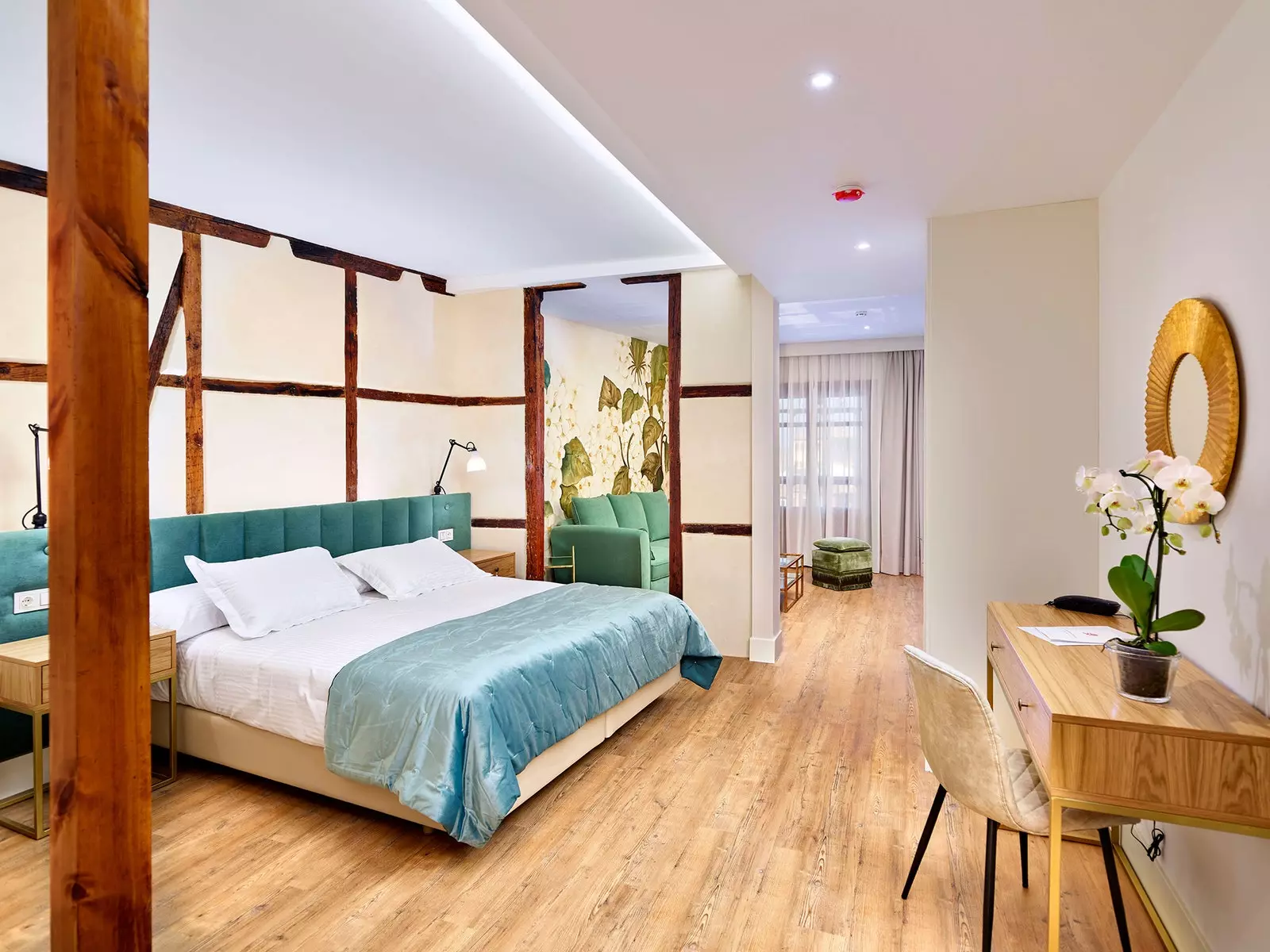
An establishment with only 12 rooms with direct views of the Plaza de Zocodover
True to that royal style, the five-star Fontecruz Eugenia de Montijo, which has been the last to join the Hospederías Network, is an ode to palatial good taste. Original polychrome wood coffered ceilings, marble floors, columns and even a large glass skylight they receive the visitor in a lobby that represents the golden age of the empress at the court of Paris.
Its 40 rooms are decorated in a French style, with canopies, tapestries, classical furniture and engravings by painters from Toledo. Yes, always low Eugenia's guiding thread, that presides imposingly in a painting over the bar of the hotel bar, located next to the restaurant of traditional menu from La Mancha but with a foreign name – because it bears the name of the father of haute couture and head designer of the empress: English Charles Frederick Worth.
It's worth it too test her thermal circuit, not only because of the relaxation it entails, but also because from here they can see the arches of the Gothic-Mudejar palace which was the building in the 15th century and a part of the Roman sewer that passed under its foundations in the 1st century.
Address: Ball Game Square, 7, Toledo. Telephone: 925 27 46 90.
INDUSTRIAL PORTRAITS
And although they have not yet opened their doors, it will soon be discovered the most industrial facet of the region with the hotels that will put back into operation the Royal Bronze Factory of Riópar (Albacete) and the Royal Cloth Factory of Brihuega (Guadalajara).
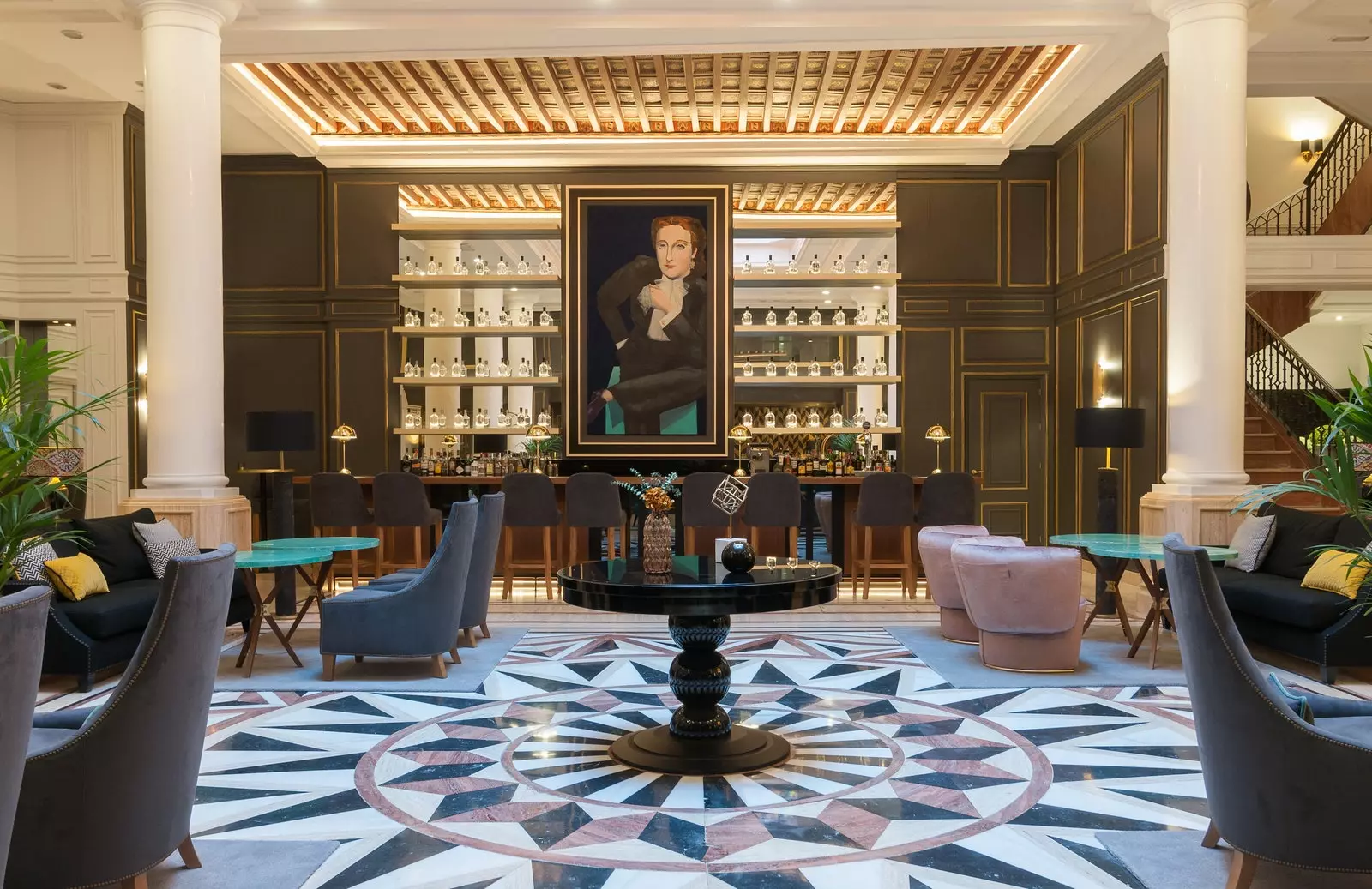
The lobby of the five-star Fontecruz Eugenia de Montijo
Attached to the Network of Hospederías de Castilla-La Mancha, both examples of the industrial splendor of the region in the 18th century They are undergoing rehabilitation works.
The Royal Bronze Factory of Riópar, which began its works in 2018, will return to us what was the first zinc and brass factory in Spain: The Royal Factories, founded in 1773.
For its part, the Royal Cloth Factory of Brihuega is an 18th century jewel built by the architect Manuel de Villegas who It will be a spa hotel managed by the Castilla Termal group.
